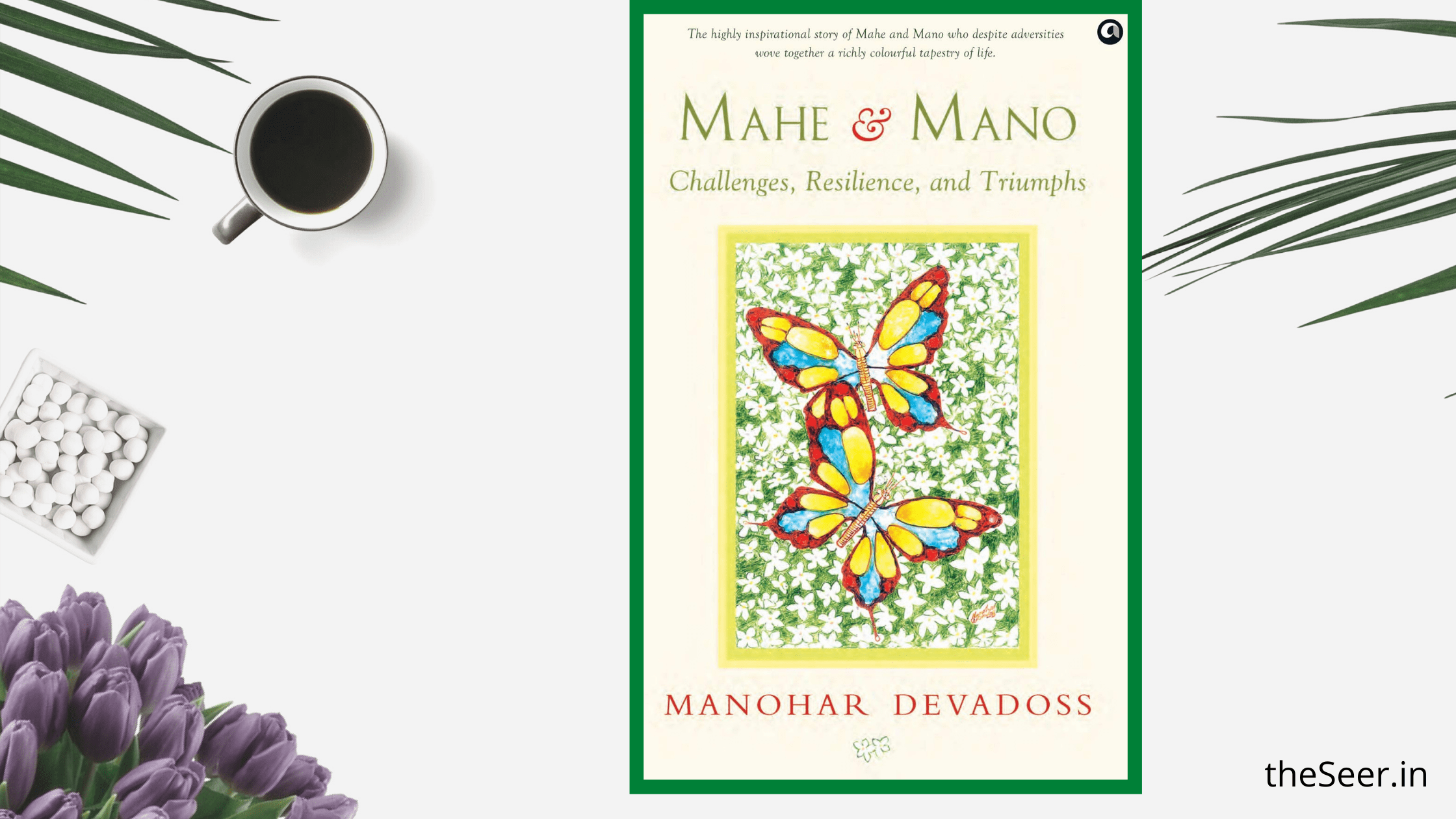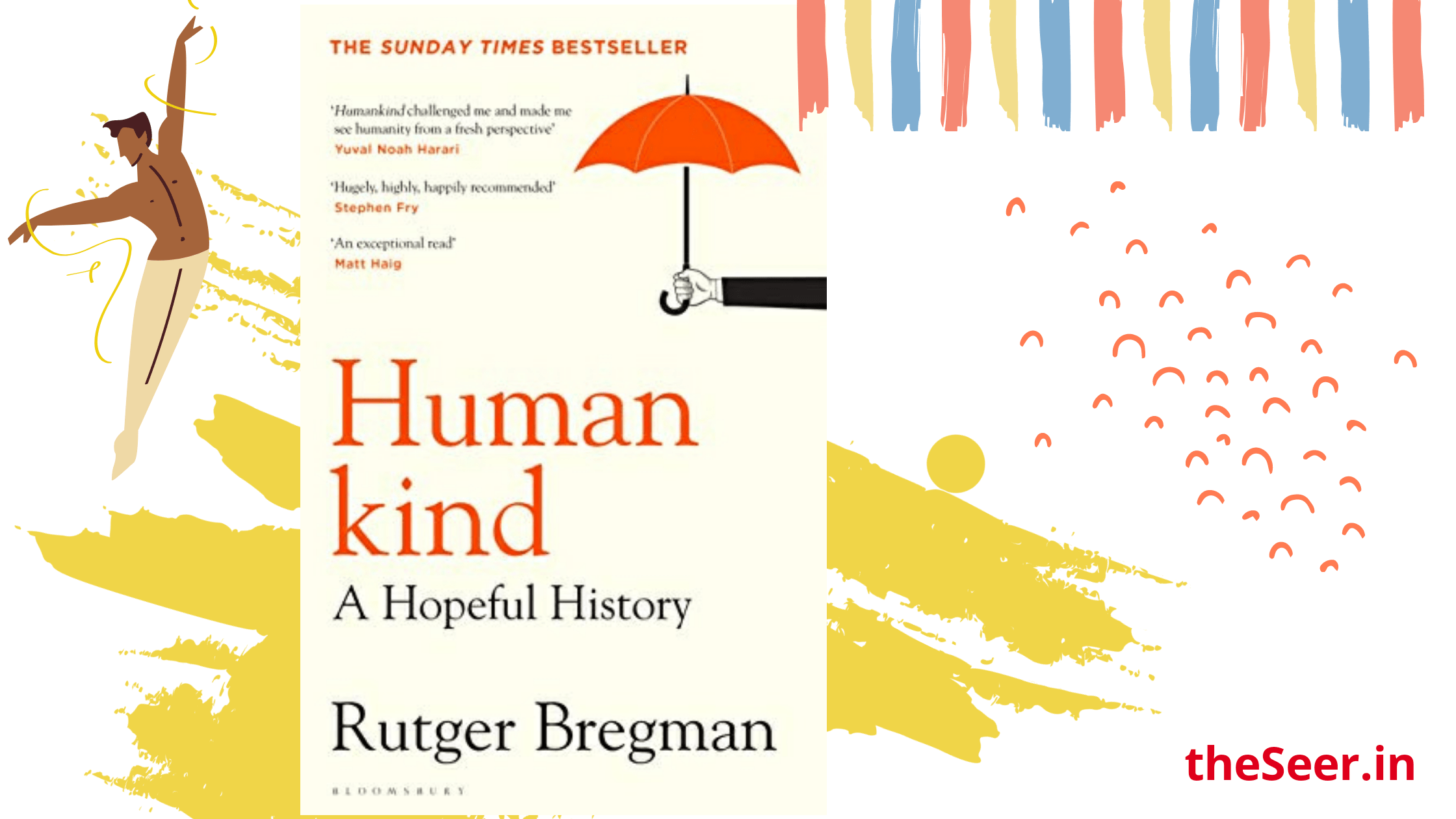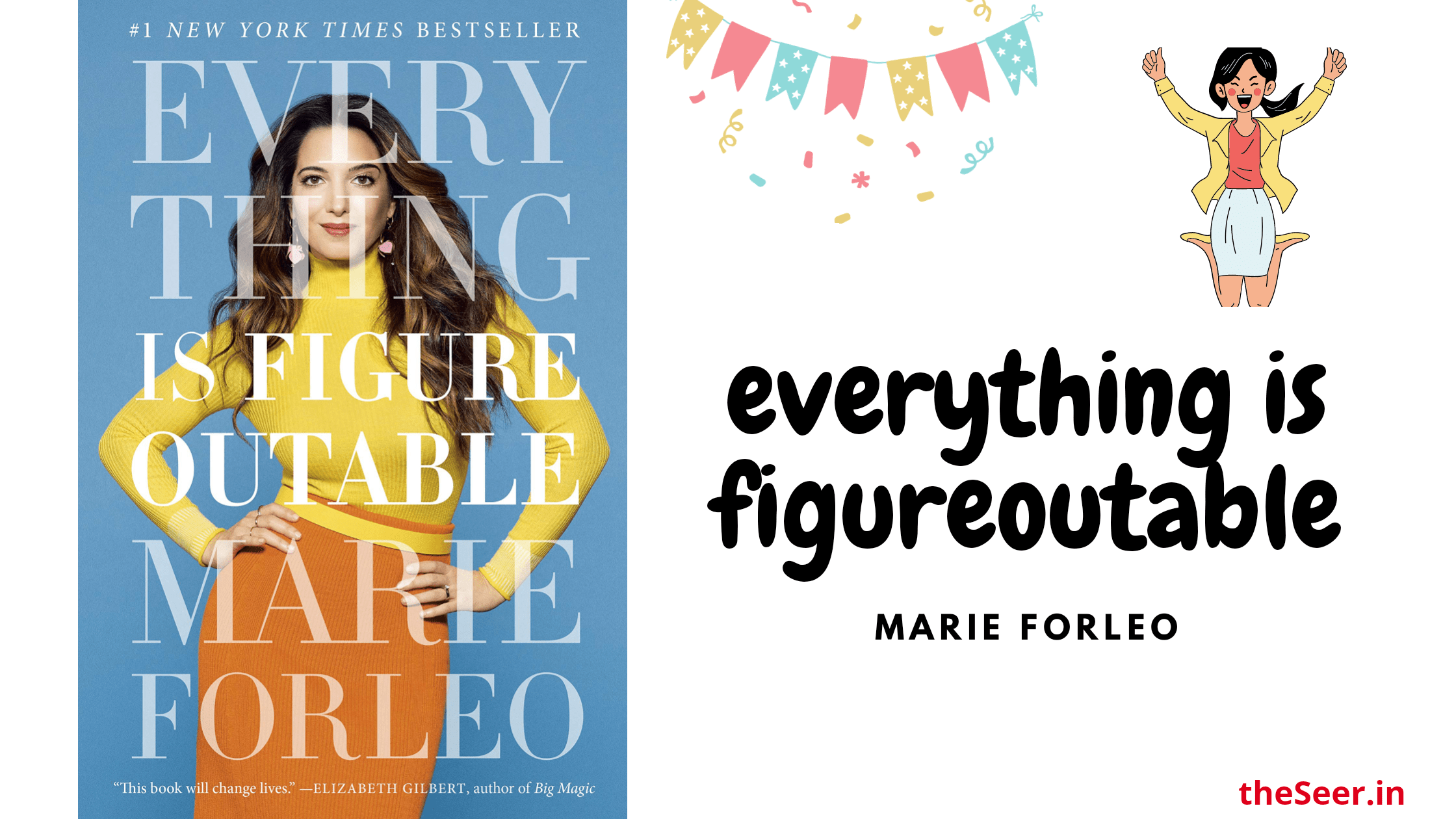The first time I heard of Manohar Devadoss was at the Bangalore Literature Festival in 2017. I listened to him speak about his adventure with books in his life. His childlike candour and wit made him an instant hit with his audience. I was looking forward to interacting personally with him later that day. However, that didn’t materialize and that’s a regret I continue to carry. I was thrilled when he was awarded the Padma Shri in 2020 for his contribution to art. However, Manohar did more than just art. He is also a scientist and an author. His achievements in various fields are not merely his own but they are also his wife Mahema’s. Mahema is omnipresent not just in Manohar’s life but also in his art, his books, and all his conversations. So, when I picked his latest book – ‘Mahe and Mano’, published by Aleph Book company, I was excited at the idea of getting to know more about the duo.
A simple search on the internet titled ‘Manohar Devadoss’ will tell you about Mahema’s quadriplegia and Manohar’s retinitis pigmentosa. However, it is almost impossible to comprehend how challenging every day can be to live with these adversities. In the book, Manohar talks about their extraordinary journey together and how they won over these extreme inconveniences that came bundled together with their physical conditions.
A young foreign return Manohar was smitten by the bold, beautiful, and jubilant Mahema in their first meeting. Their courtship, marriage, and romance is quite dreamy and makes me envy them. It is also heartbreaking to read about how life turned upside down for this couple in only a matter of a few minutes. Manohar talks about the moments before the accident, their days in JIPMER and CMC, the kindness of doctors, friends, family, and strangers and the desperation he felt during those ten months in hospital. The efforts that Manohar took to entertain his wife who was clamped to the bed, his slide shows for other patients in the hospital, his outburst at the insensitivity of a doctor welled my eyes up. However, that was just the beginning of an arduous uphill journey for them.
Few years after Mahe returned home in a wheelchair and became completely dependent on Mano and the helpers for everything, Mano started losing his eyesight due to degenerative retinal disorder. Even with all the help from renowned ophthalmologists, this only kept getting worse. It was now Mahema’s turn to be Mano’s knight and keep him going. It was Mahema who pushed Manohar to write a book and find a way to continue with his paintings. They carried each other’s dreams, in their own hearts. And this they did for more than three decades.
Manohar’s father was a doctor. So, he was aware that the life of a quadriplegic is short-lived and tumultuous. However, he promised himself that he would never ever let his wife get a bedsore. It is unbelievable that not only did Mahema thrive for 35 years but also never had a bedsore despite being bound to a wheelchair. That speaks of the kind of devotion that Mano had for Mahe. Mano and Mahe were brave, strong, kind, and resilient as individuals. They were both warm, bright, intelligent, charming, and creative. These individual traits and their timeless devotion towards each other turned them into an extraordinary couple. Together, they were a force to reckon with and touched many lives in unbelievable ways.
Most of their best creations happened during their three decades of endless battles against these adversities. Even today, Manohar remains extremely busy and keeps up with another promise he made to his wife. While their courage as individuals is inspiring enough, I must agree with Nagalakshmi Kumaraswamy that Mahe and Mano will serve as inspiration for any couple and will provide a fascinating story for marriage counsellors to tell.
The book does hold a couple of their pictures and one illustration of Mano, I would have loved to see more of them. The poems, the love letters, the scribblings, the songs, the books, the flowers, the butterflies, and their love makes this book a light and engaging read. Every page of this story is inspiring and that is reason enough to pick this book.
Like what you just read? Become TheSeer Insider. You will be receiving a letter from us once in a while to help you live a more mindful life. Enter your email id below and click on subscribe. We won’t spam you, ever!













